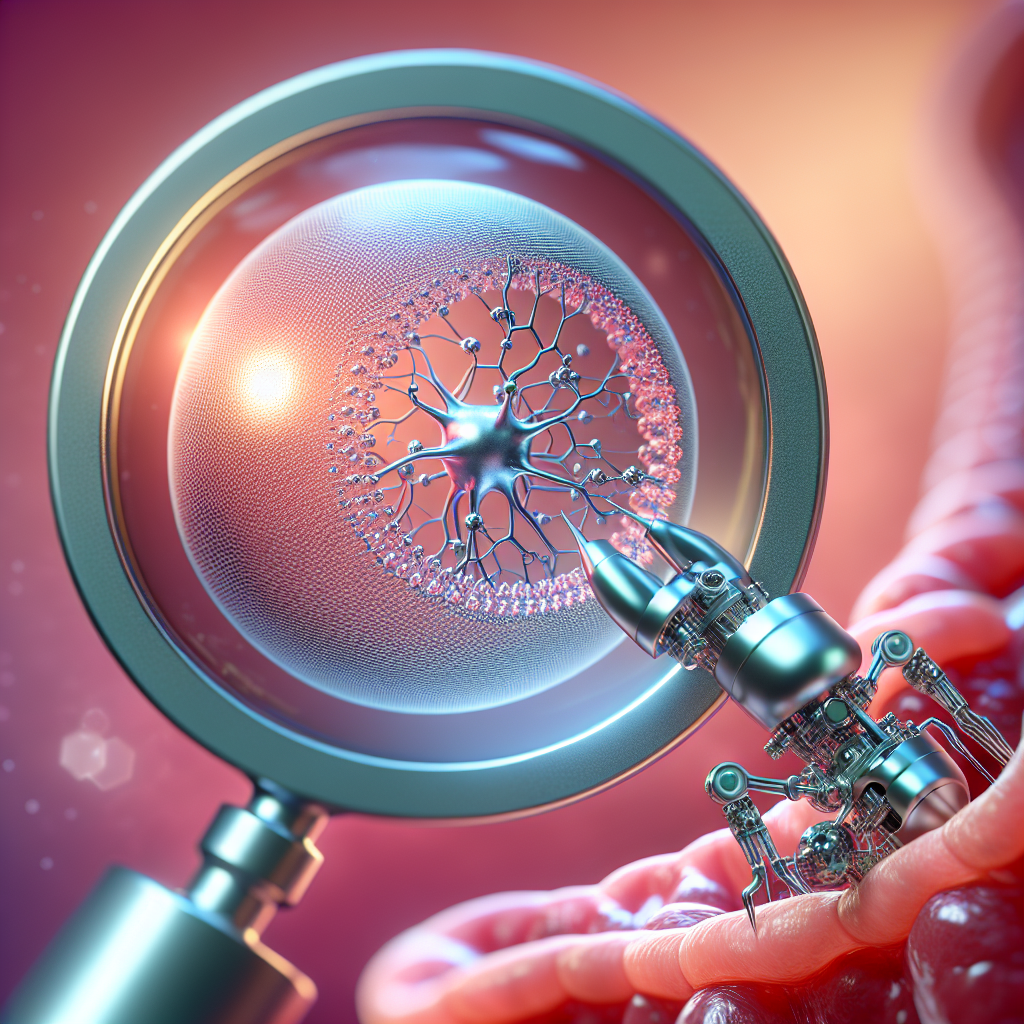New Biodegradable Nanocoating Enhances Fertilizer Efficiency and Sustainability
The research, published in Environmental Science: Nano, focuses on muriate of potash (KCl), which supplies 80% of the global potassium fertilizer needs.

- Country:
- India
In an innovative breakthrough, scientists from the Institute of Nano Science and Technology (INST), Mohali, have developed a mechanically stable, biodegradable nanocoating material that could significantly enhance the efficiency of chemical fertilizers. The nano-coating, made from nano clay-reinforced binary carbohydrates, has the potential to modify the release kinetics of chemical fertilizers, ensuring that nutrients are released more slowly and efficiently, which can reduce the need for excessive fertilizer application and limit their negative environmental impacts.
This research addresses a critical challenge in modern agriculture. Over the last five decades, the green revolution has seen the widespread use of chemical fertilizers to boost crop productivity. However, the frequent and excessive application of these fertilizers can lead to soil degradation, pollution of water resources, and a reduction in microbial diversity in the rhizosphere, raising concerns about long-term environmental sustainability.
The research, published in Environmental Science: Nano, focuses on muriate of potash (KCl), which supplies 80% of the global potassium fertilizer needs. The team, led by B. K. Sahu, K. Swami, and S. Kataria, employed a unique approach by coating KCl with binary carbohydrates like chitosan and lignin, using anionic clay as a reinforcement agent. The coating process was carried out using a drum rotor method, which ensures uniform application, resulting in a stable and controlled release of nutrients.
A Nature-Inspired Solution for Efficient Fertilizer Use
The novel nanocoating material is made from low-cost, nature-derived polymers such as nano-clay, chitosan, and starch. These materials are not only cost-effective but also biodegradable, offering a sustainable alternative to traditional chemical fertilizers. By tuning the hydrophobicity of the nanocoating, the release rate of the nutrients can be tailored to the specific needs of different crops. This controlled release ensures that nutrients are available to plants over a longer period, thus enhancing nutrient use efficiency.
The research team also conducted a life cycle assessment of the coated fertilizer, ensuring that the product remains sustainable throughout its lifecycle. The biodegradable coating prevents environmental contamination and offers a significant advantage over conventional fertilizers, which often lead to nutrient runoff and soil imbalances.
Industrial Application and Benefits for Farmers
One of the key advantages of coated fertilizers is their mechanical stability, which guarantees that the fertilizers maintain their integrity during transportation and throughout the supply chain. This ensures that the product reaches farmers in optimal condition, ready to be applied effectively in fields.
The slow-release nature of the new fertilizer can potentially reduce the recommended fertilizer dose by up to 30-40% while maintaining or even increasing crop yields. For crops like rice and wheat, the slow-release fertilizers showed improved efficiency, leading to greater output from reduced input. This approach not only improves farmers' socio-economic conditions by lowering fertilizer costs but also contributes to sustainable agricultural practices.
Potential to Transform Agriculture and Boost Sustainability
The introduction of slow-release, nanocoated fertilizers could be a game-changer for global agriculture. By enhancing nutrient use efficiency, farmers can achieve higher productivity while reducing the environmental footprint of chemical fertilizers. This innovation aligns with global goals for sustainable development, offering a way to improve food security while minimizing the impact on the environment.
As agricultural practices evolve to meet the challenges of a growing global population, nanotechnology could play a pivotal role in creating more sustainable and efficient farming systems. The use of biodegradable, nature-inspired materials for slow-release fertilizers represents a promising direction for improving soil health, reducing chemical dependence, and fostering more resilient agricultural ecosystems.
The new research sets the stage for further exploration into biocompatible nanomaterials and their role in advancing precision agriculture, ultimately paving the way for a greener, more sustainable future for farming worldwide.










